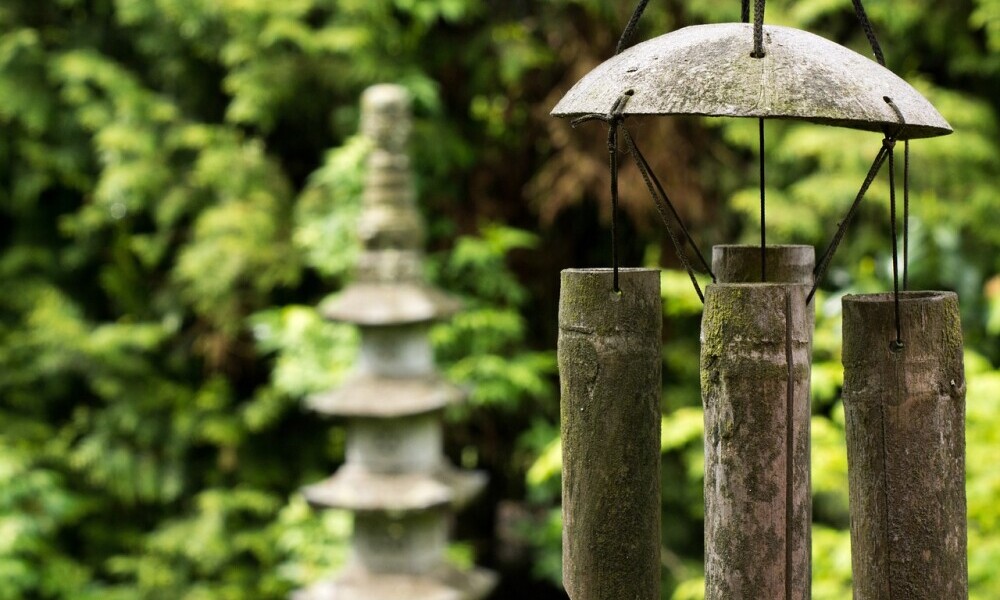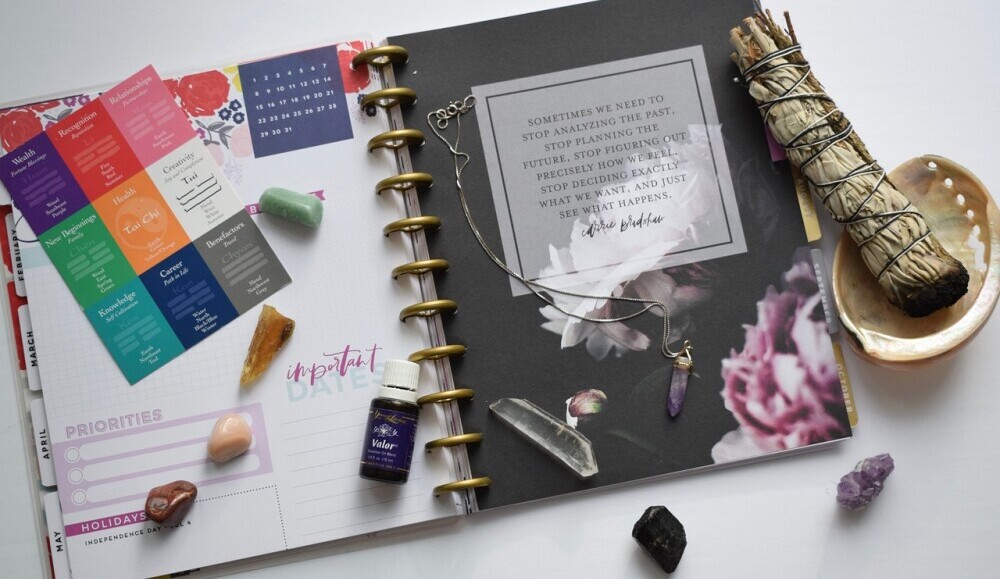 Okay, so you’ve probably heard all sorts of things about Feng Shui, but let’s set the record straight. The story of Feng Shui starts way back in ancient China, rooted deep in culture and spirituality, looking to harmonize humans with their surroundings. Over the centuries, this philosophy has made its way across the globe, often getting mixed up with modern ideas that miss the point.
Okay, so you’ve probably heard all sorts of things about Feng Shui, but let’s set the record straight. The story of Feng Shui starts way back in ancient China, rooted deep in culture and spirituality, looking to harmonize humans with their surroundings. Over the centuries, this philosophy has made its way across the globe, often getting mixed up with modern ideas that miss the point.
One big myth out there is that Feng Shui is solely about moving your furniture around. Sure, where you place your sofa matters, but it’s more than a game of musical chairs. It’s about energy flow, or ‘Chi’, aligning with the natural elements and the space around you. This way, your environment supports your well-being and personal goals.
Sometimes the lines blur between Feng Shui and other cultural traditions, leading to confusion. Not every practice labeled as “Feng Shui” is genuinely part of it. For instance, superstition or fortune-telling often gets roped into the mix but aren’t actually core components. Keeping the focus on its original purpose helps in understanding its value better.
Misinformation spreads fast, but not everything you read online or hear is gospel. The key is focusing on traditional teachings and seeking out credible sources or experts. Whether you’re just curious or ready to dive deeper, approaching Feng Shui with an open mind and a desire to learn makes all the difference.
Feng Shui and Its Real Purpose: Beyond Aesthetics
Feng Shui often gets mistaken for interior design spruced up with some Eastern charm, but the idea goes way deeper than that. At its core, Feng Shui is about creating balance and promoting well-being by living in harmony with your environment. It’s like crafting the life you want through the spaces you occupy.
A lot of people focus on the aesthetic elements part of it. True, Feng Shui can make your place look better, but that’s more of a happy side effect. The real focus is on triggering positive vibes and enhancing the flow of energy through proper placement and arrangement of elements like water, wood, fire, earth, and metal.
Connecting humans with their spaces is a key goal of Feng Shui. Think of it like making a playlist that matches your mood. By channeling energy correctly, the space you live or work in affects your mental state and well-being positively.
And let’s talk benefits. We’re talking about peace of mind, boosting creativity, improving health, and even fostering better relationships. It’s not just about slapping a mirror on a wall to redirect energy, but unlocking a lifestyle that aligns with nature and your personal energy.
In short, Feng Shui offers a way to not just decorate, but to redefine how you interact with the spaces that define your life. Once you shift your perspective from just aesthetics to balance and harmony, that’s where the magic happens.
Understanding the Science and Art Behind Feng Shui
Understanding the science and art behind Feng Shui means diving into the world of ‘Chi,’ the life force or energy flow that moves through everything. In Feng Shui, the aim is to harness and maximize this energy for better living. It’s all about tweaking space so it flows smoothly, without any hiccups.
 Scientific studies often look at Feng Shui principles through the lens of psychology and environmental design. While it might not fit neatly into Western scientific boxes, some elements do sync up with what we know about how environment affects mood and productivity. For instance, natural light, open spaces, and even certain color schemes have been shown to impact our well-being positively.
Scientific studies often look at Feng Shui principles through the lens of psychology and environmental design. While it might not fit neatly into Western scientific boxes, some elements do sync up with what we know about how environment affects mood and productivity. For instance, natural light, open spaces, and even certain color schemes have been shown to impact our well-being positively.
On the artistic side, Feng Shui is like painting with energy. Using colors, symbols, and positioning, you create an environment that doesn’t just look good but feels right. It’s like art that you live in, shaping how energy moves through a room or building.
There’s a fascinating blend when you mix thousand-year-old wisdom with today’s science. While Feng Shui won’t be winning a Nobel Prize anytime soon, its principles often make sense intuitively. It encourages us to think about our surroundings in a holistic way, uniting the scientific with the spiritual.
Applying Feng Shui Today: Tips and Common Mistakes to Avoid
Bringing Feng Shui into your daily routine doesn’t mean turning your house into a mini-zen retreat. It’s about practical changes that make your space more nurturing. Start with small adjustments like decluttering – not just for aesthetic reasons but to let energy flow freely. Spring cleaning suddenly takes on a whole new meaning when you’re looking at it through the Feng Shui lens.
One of the most common mistakes beginners make is thinking Feng Shui is a one-size-fits-all approach. Remember, it’s personal. What flows in one person’s home might not gel in another’s. Take time to understand the elements and how they relate to your spaces. Sometimes rearranging a room can be as simple as moving a chair to open up a pathway for energy flow.
Another pitfall is getting too fixated on rules and missing the big picture. While guidelines like where to place your bed or how to arrange your entryway matter, they shouldn’t stifle the natural vibe of your home. Balance structure with intuition – after all, you’re the one living there.
For those keen to learn more, digging into authentic books or enrolling in workshops can provide a solid foundation. Make sure to chase credible sources though; the internet is rife with misinformation. Whether you’re a total newbie or someone looking to refine their skills, learning from knowledgeable instructors adds depth to your practice.
Feng Shui, when applied thoughtfully, can transform spaces into functional art that uplifts your spirits and aligns with your life’s goals, marrying ancient philosophy with modern needs.
